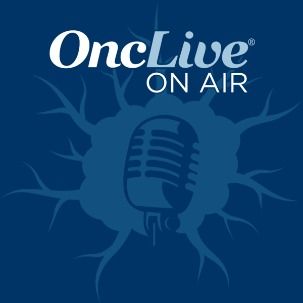Video
Dr. Kulasinghe on Identifying COVID-19–Associated Gene Signatures Through Spatial Transcriptomics
Author(s):
Arutha Kulasinghe, PhD, discusses identifying COVID-19–associated gene signatures through spatial transcriptomics.
Arutha Kulasinghe, PhD, a Faculty of Health at the Queensland University of Technology, discusses identifying COVID-19–associated gene signatures through spatial transcriptomics.
During the recent AACR Virtual Meeting on COVID-19 and Cancer, findings were presented regarding spatial transcriptomics to better understand the tissue biology of COVID-19, Kulasinghe says. This strategy was used to analyze autopsy samples collected from patients with COVID-19 who were from Brazil.
Investigators analyzed samples of pulmonary COVID-19 tissues and compared them with samples of specimens collected that were during the H1N1pdm09 virus outbreak, as well as tissue samples from healthy lungs, Kulasinghe explains. Through this work, a number of genes and gene signatures that appeared to be associated with COVID-19 were identified. Some of these markers can potentially be utilized to assess disease severity in this patient population, Kulasinghe concludes.








